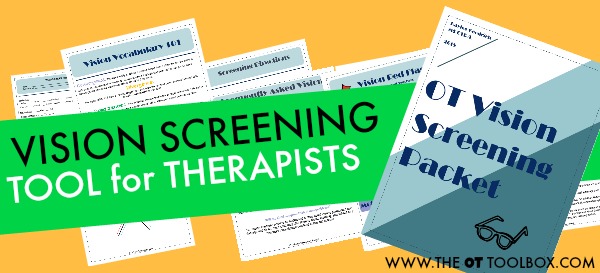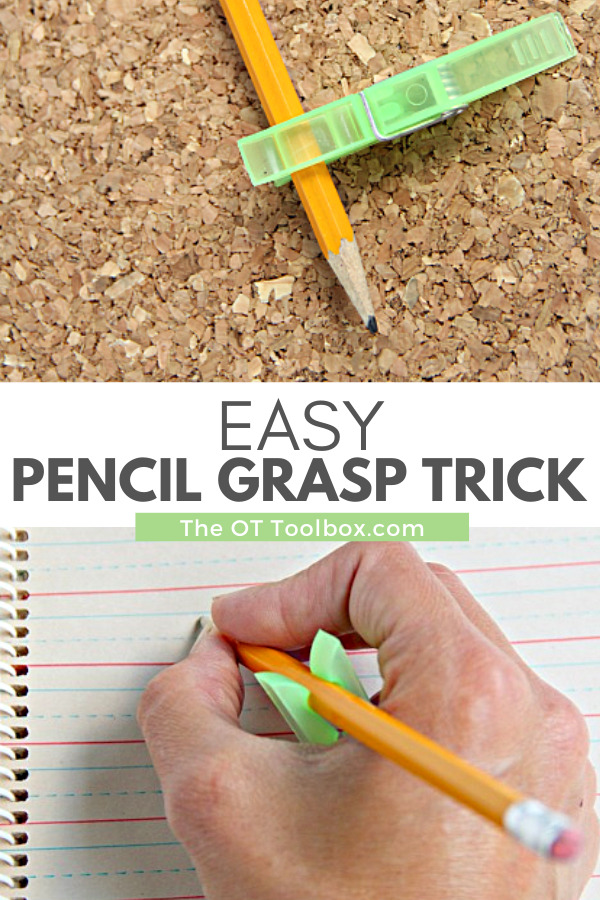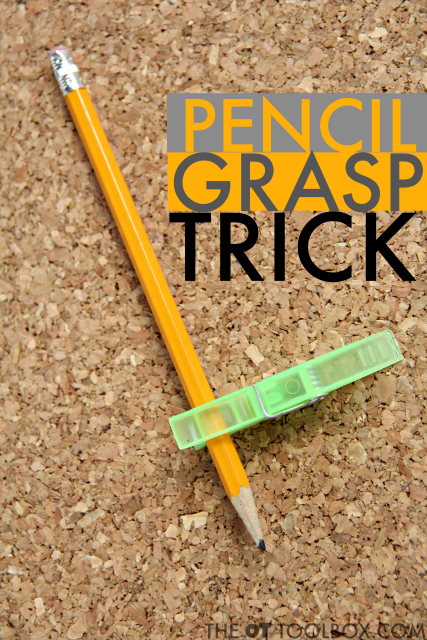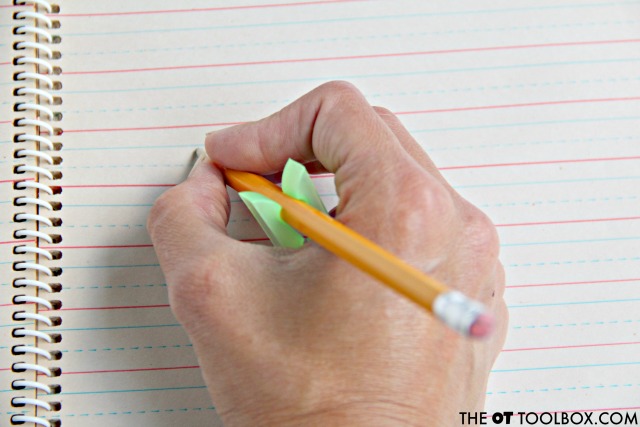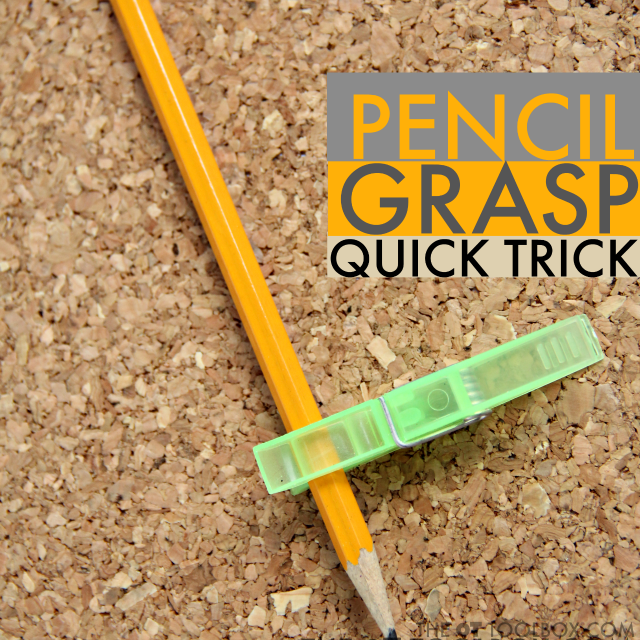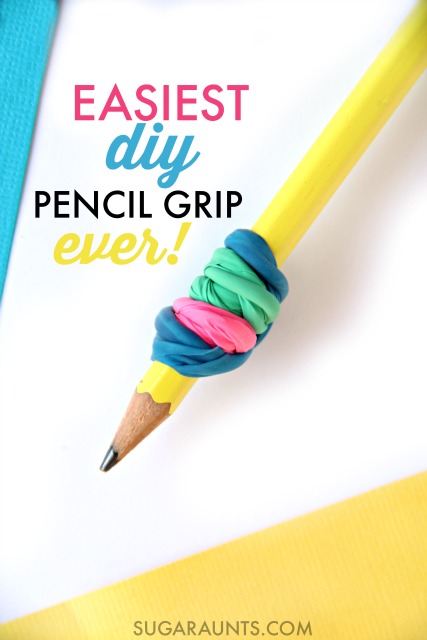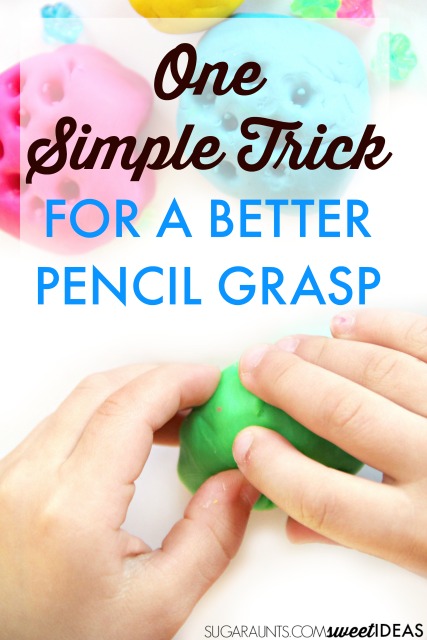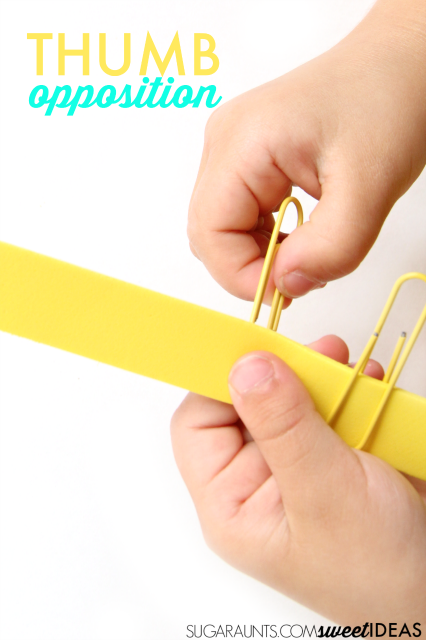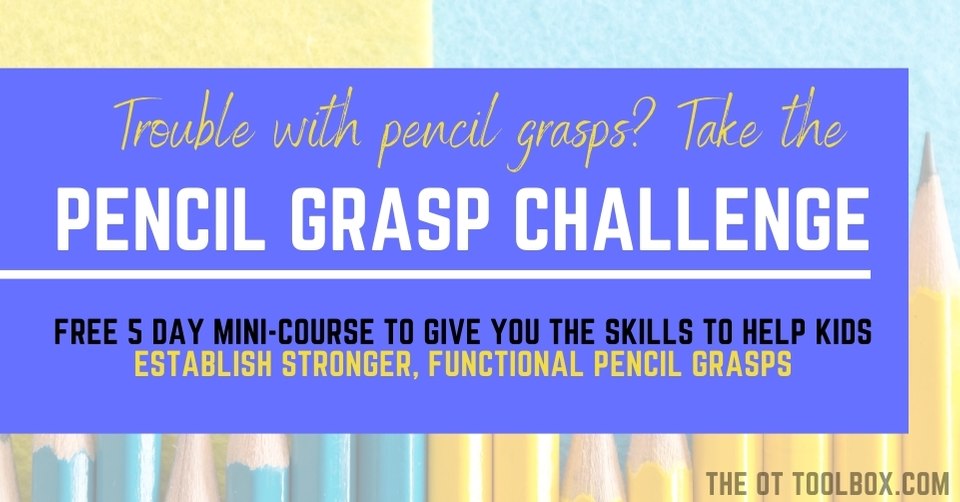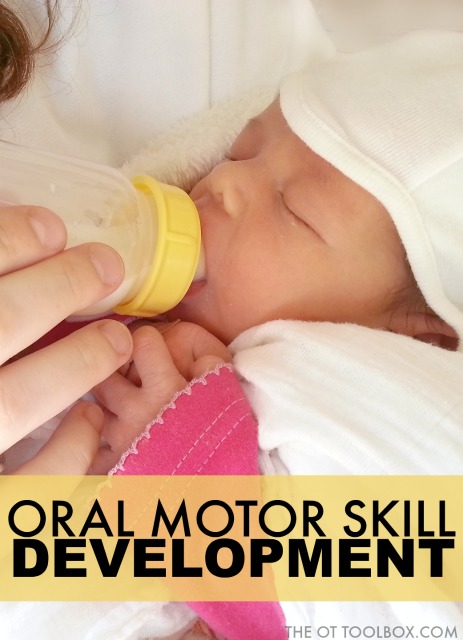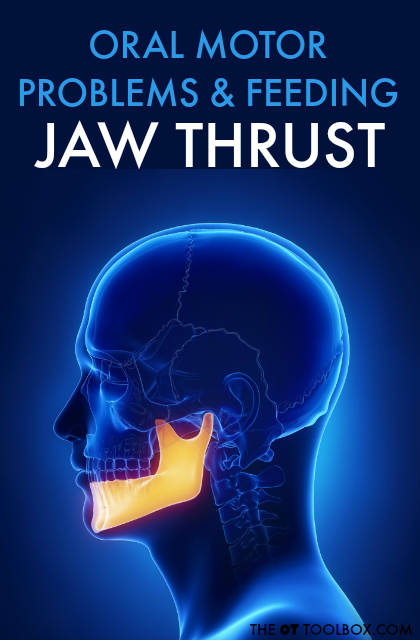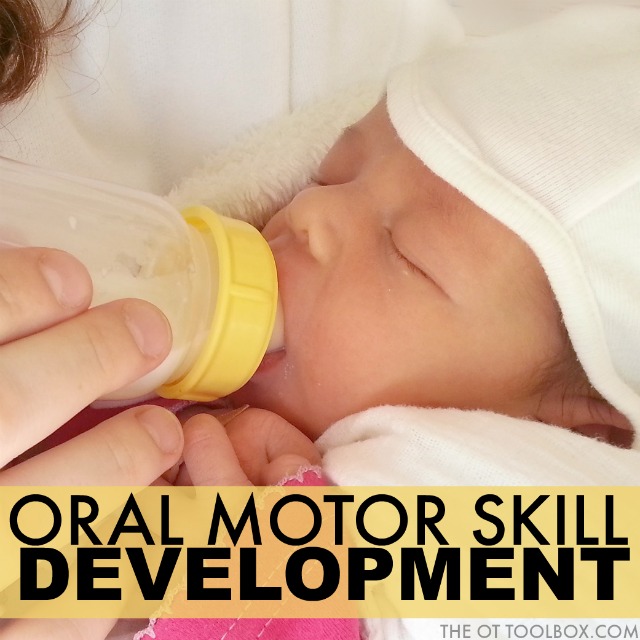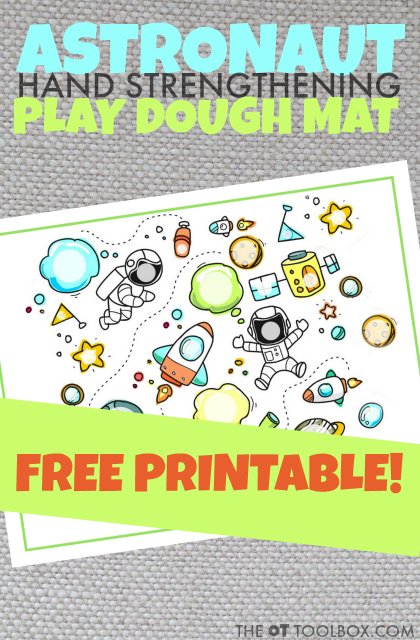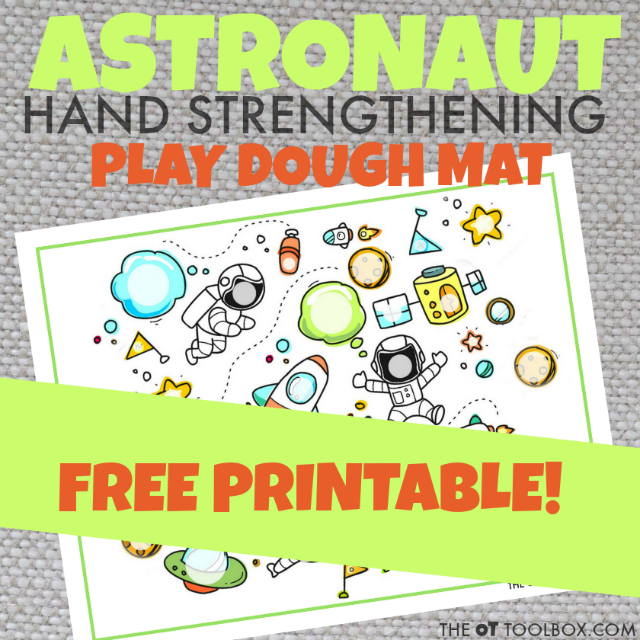Upper extremity hand strength isn’t just about strong hands! Kids need upper extremity strength for tasks such as handwriting, coloring, managing clothing fasteners, and more! The thing is, upper extremity strengthening begins at a very young age. In fact, activities for toddlers can be loaded with the strengthening and dexterity activities that strengthen the upper extremities for improved endurance and coordination down the road. All of these components work together fluidly for strong upper extremities. Check out the upper extremity activities for toddlers to find out how and where to begin with upper extremity strength!
Upper extremity activities for toddlers
able to have the endurance for handwriting. Working on the shoulder muscle strength and flexibility will help to improve the coordination needed for drawing and handwriting.
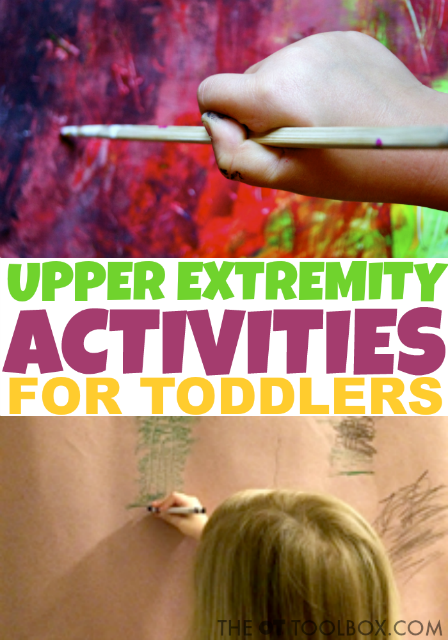
Importance of upper extremity activities for strength
shoulder strength and core body strength it will be difficult for them to have controlled hand movements.
You may notice that when handwriting or coloring that they position their
shoulder abducted and wrist will be flexed instead of in extension. Build muscle strength proximal to distal
because if you don’t have strength in your shoulders, back, traps etc. then
your distal function (example handwriting) will not be as controlled.
that can be done at school, in a clinic or at home with a child to address
upper extremity strength. Also try these activities to promote wrist extension.
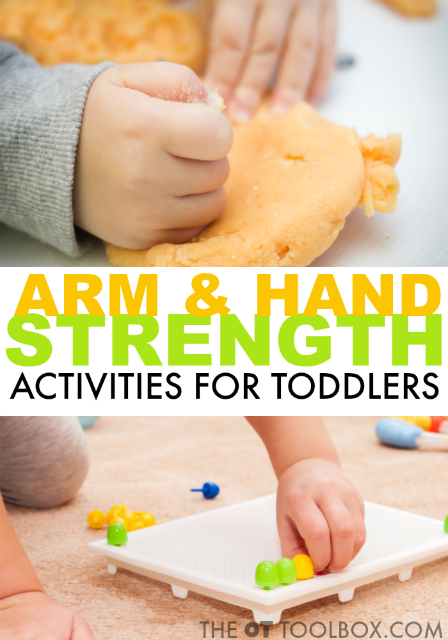
Upper extremity strength activities for toddlers
These are upper extremity activities for toddlers and kids who would benefit from strength and endurance in the upper body.
Gravity Resistive Sticker Activity
usually place a pillow or blanket to make it more comfortable. Tape a large
piece of paper under the table and have the child, while laying on their back,
place stickers on the paper.
had a background theme. For example, a nature background and use stickers such as birds, trees, etc. The other activity I have done is had the child place stickers randomly all over the paper and then then have to use a marker to circle the shapes. Works great if you are working on a child’s pre-writing skills.
Crayon Rubbing on a Vertical Surface
placing paper over them and then using a crayon to rub the print onto the
paper. I also did this with leaves in the fall. How exciting to see the print
come out on the paper!
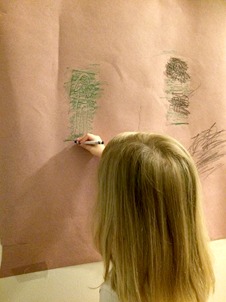
activity in itself for shoulder stability and flexibility and it puts the wrist
in extension which helps encourage a better pencil/crayon grasp.
them and girls love to color the fashion
plates. To keep the child engaged I won’t let the child see what plates I am
using. That way they continue to color on the vertical surface to see what pictures
they get.
works on teaching children how to apply more pressure when writing/coloring, as
you need to press hard to have the print come through and softer if the print
is blurred because of how hard the child pushed on the crayon.
Looking for more upper extremity activities for toddlers?
This crayon rubbing activity uses sight words to work on strength and pressure in handwriting.




